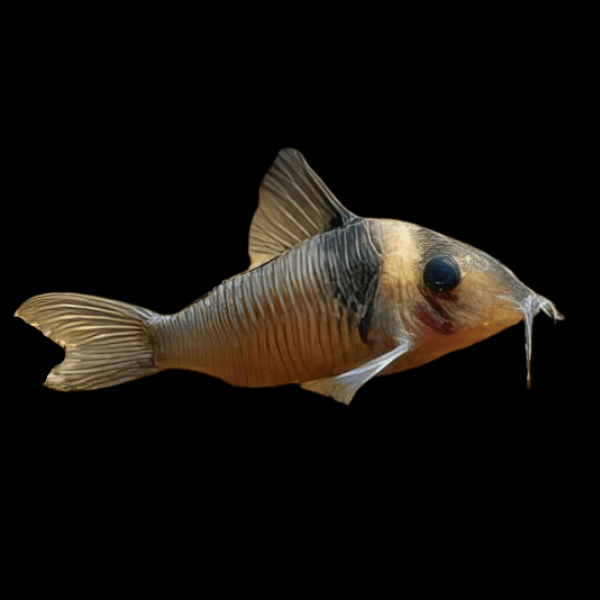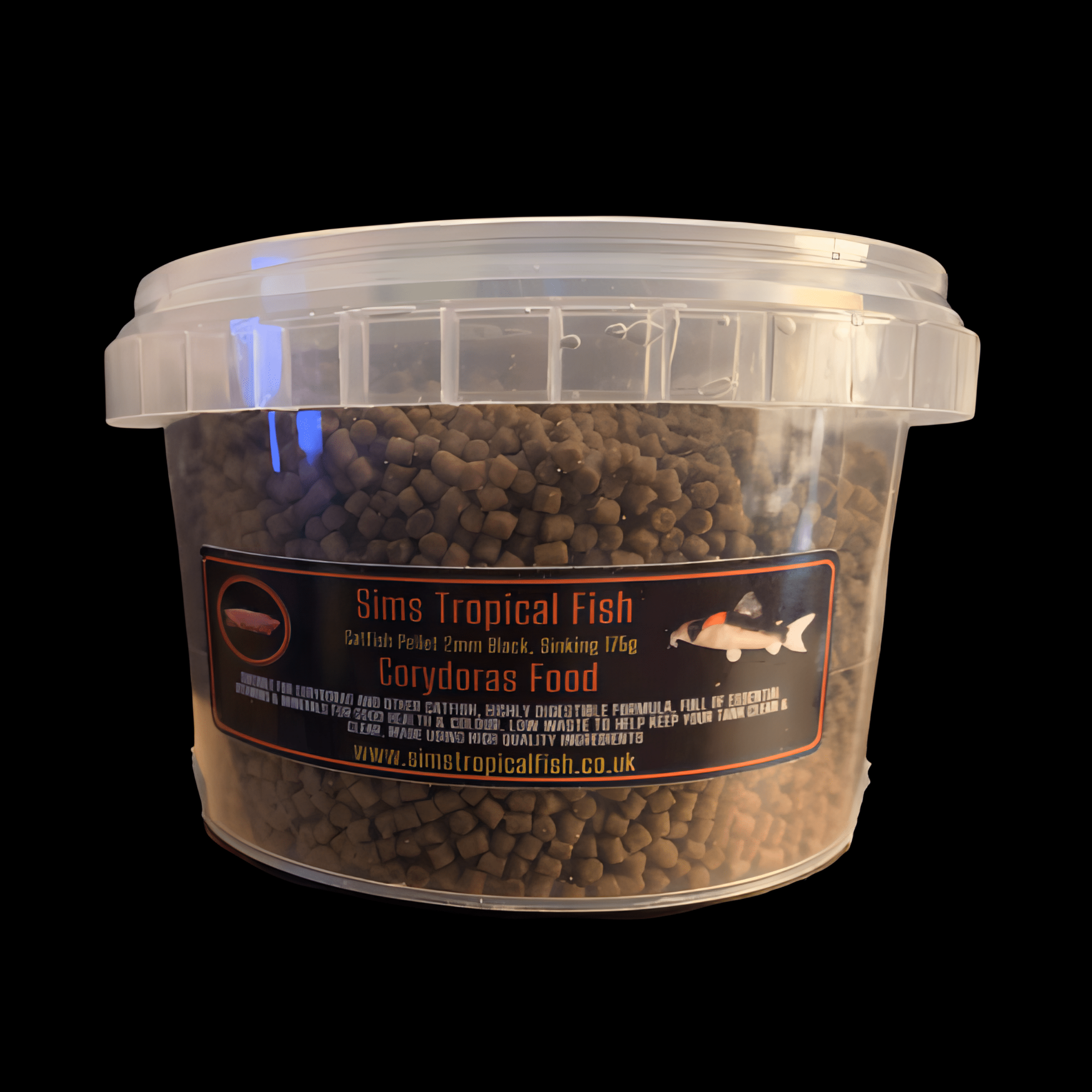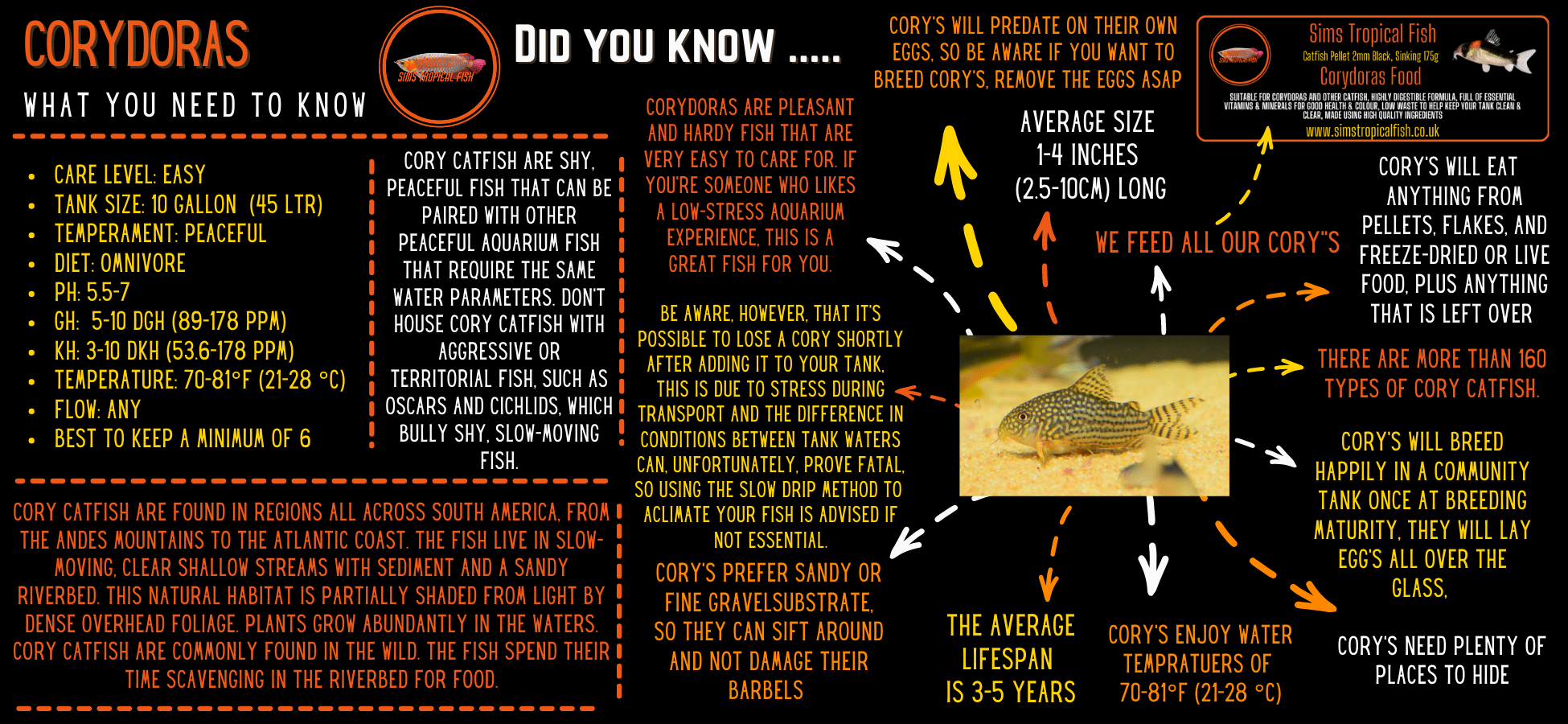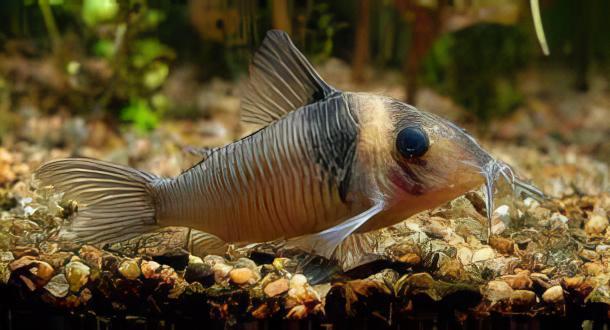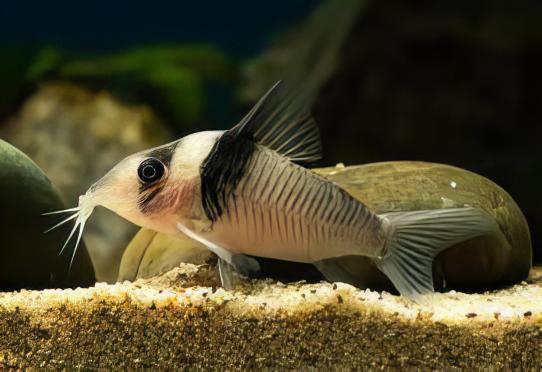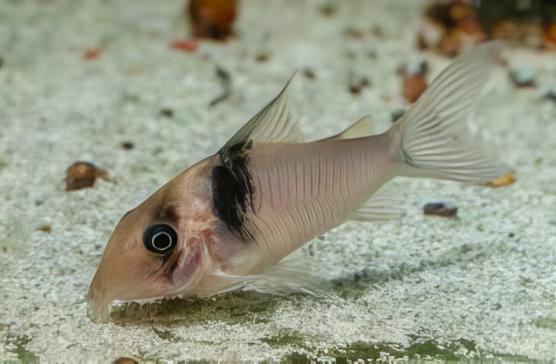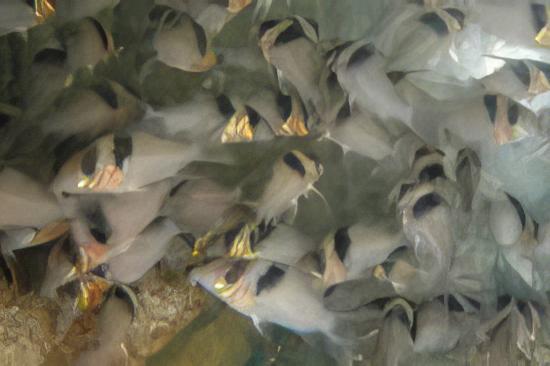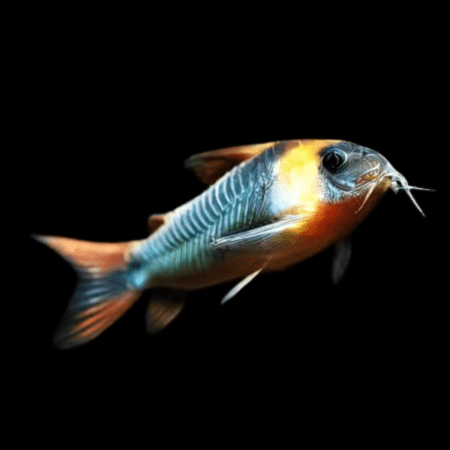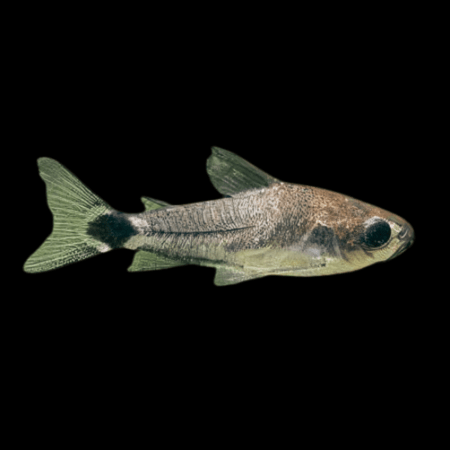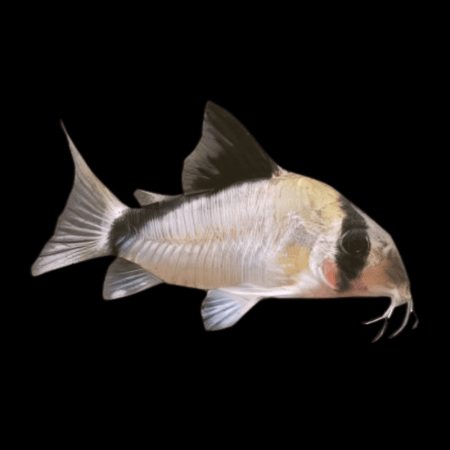Description
Miguelito Corydoras Virginiae Catfish
Overview
Synonyms: None
Distribution: Peru
Maximum Size: 7cm (2.8″)
Temperature: 22-26°C
Water Parameters: Soft and slightly acidic. pH: 6.0-7.2, dH: up to 12 degrees.
Compatibility: Community
Lighting: No special requirements
Sexual Dimorphism: Mature females are larger and appear fuller when viewed from above.
Feeding: Catfish pellets, granules, flake and frozen foods
Description
Care
The Miguelito Cory is a beautiful catfish known from inland wetlands of the Ucayali River Basin in Peru. This peaceful species is ideal for the mature softwater aquarium, and should be maintained in groups of 5 or more due to shoaling nature. Unfortunately, it can be a little prone to barbel infections/erosion, so it is of paramount importance that the fish are kept on a soft sand substrate (rather than gravel where waste can build up unseen) in order to protect these delicate sensory organs. Regular maintenance, including frequent partial water changes, should be carried out in order to keep these fish in good condition. Provide plenty of shady areas amongst driftwood, rocks, and areas of dense planting. Other peaceful species such as some of the smaller pencilfish, tetra, and rasboras make ideal tankmates, and their presence as “˜dither fish”™ in midwater will encourage the Corydoras out into view more often. Corydoras have the ability to breathe air intestinally, so a small gap should be left between the surface of the water and the cover slides in order for the fish to come up to the surface and take air in. It may do this numerous times per day. May also be seen on sale as the Sangama Cory.
Feeding
Sinking catfish pellets, frozen foods such as bloodworm, white mosquito larvae and vitamin-enriched brineshrimp.
Breeding
There are currently no reports of this species having been bred in the home aquarium. However, it is likely to spawn in the typical Corydoras manner whereby following a large, slightly cool water change, a pair will adopt the classic ‘T position’ with the male fertilising the eggs that are held between the females’ pelvic fins.
